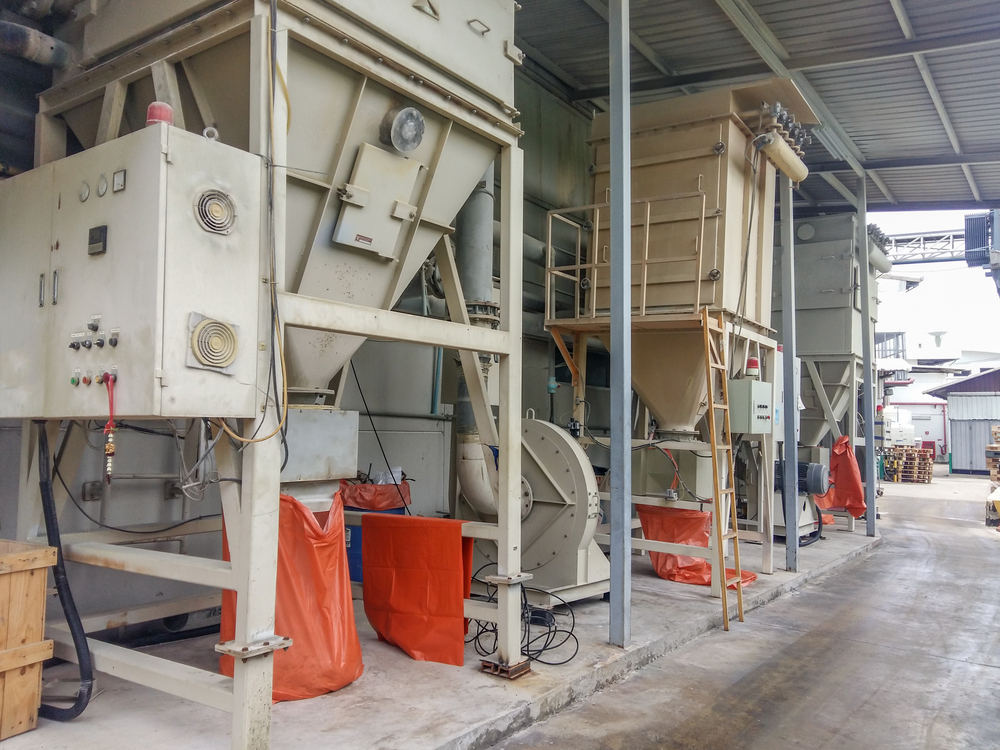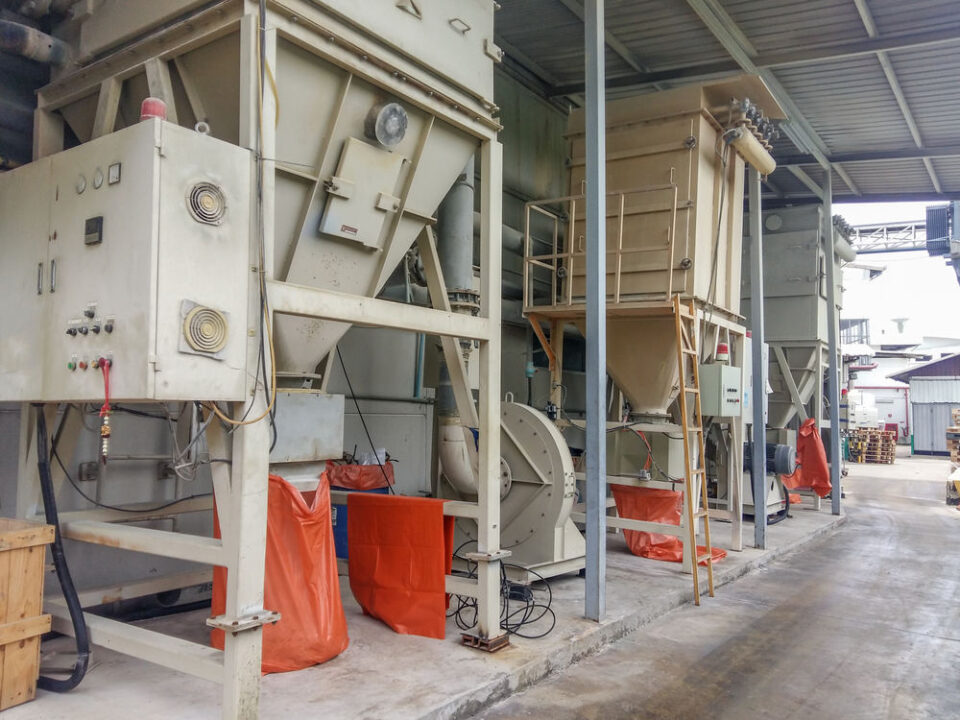Have you ever walked into a room and felt the unseen particles tickling your nose? Have you stopped to consider the hidden dangers that reside unobserved and unattended in your office air? Quite often, these microscopic intruders get so deeply embedded in our daily environments that they become invisible to us. But just because we cannot see them does not mean they do not pose risks.
Our topic for today tackles an invisible yet significant issue often overlooked – indoor air quality in commercial spaces. Dust control, specifically, and its importance in reducing respiratory risk for both employees and visitors alike. We delve deeper into this invisible menace, uncovering the facts and providing actionable strategies.
As commercial spaces begin welcoming larger crowds and returning employees, the topic of indoor air quality demands attention. Let’s clear the air and uncover its significance to not only our health but our productivity and overall well-being.
Understanding Indoor Air Quality: Why Does it Matter?
When thinking about air quality, our minds likely wander to images of smoke-filled skies and hazy horizons — outdoor pollution. Less often, we think of the air quality inside our buildings, where many of us spend a significant portion of our lives. Indoor air quality, quite surprisingly, can be two to five times worse than outdoor air quality!
Poor indoor air quality, especially dust build-up, can lead to various health complications such as respiratory issues, allergies, and even weaken our immune system. In commercial spaces, this carries the risk of decreased productivity, increased sick days, and overall work dissatisfaction.
Furthermore, in the aftermath of a pandemic, businesses now understand the vital role that air quality plays in reassuring employees of their safety. Thus, it’s time to dust off misconceptions and bogus strategies and get down to the true nuts and bolts of it all.

What Is Dust, and Where Does it Come From?
Dust is more than just accumulated dirt. It’s a cocktail of varied components, including human skin cells, fabric fibres, pollen, pet dander, mold spores, and other particles. The sources of dust in a commercial space also range widely – from HVAC systems to furniture and even the outdoor air entering the building.
Understanding dust composition and its sources allows us to develop effective strategies for its control. As the saying goes, “Knowledge is power,” – in this case, power over our unseen airborne foes.
Effective Dust Control Strategies: Cleaning Up Our Act
Clean air is not only a goal; it’s a necessity. Strategies include everything from routine cleaning activities like vacuuming and dusting to more specific steps such as installing air purifiers or maintaining a proper ventilation system.
On a more significant scale, businesses might consider redesigning their spaces to include more greenery, creating not only a healthier environment but also an aesthetic addition. After all, design can serve multiple purposes – function and beauty entwined.
Pros and Cons: Creating a Balance
While dust control strategies are necessary, it’s essential to consider their pros and cons to strike a balance. Sticking to a strict cleaning routine ensures a dust-free environment but demands extra time and resources. Similarly, installing HVAC systems with high-efficiency filters would improve indoor air quality, but the initial investment might be substantial.
Achieving a balance is crucial. The objective is to provide a safe, comfortable environment without causing negative impacts on the business’s function or bottom line.
Dealing with the Unseen: Turning Dust control Into a Habit
Ultimately, dust control is more than just an action; it needs to become a habit ingrained in the very operation of commercial spaces. It is a team effort, requiring everyone – from the management to the staff – to understand the importance of maintaining good indoor air quality and actively participating in its upkeep.
The Future of Dust Control: A Breath of Fresh Air
Technology continually evolves, providing us with newer, better tools to tackle indoor air pollution. Air quality sensors, smart HVAC systems, and AI-driven maintenance models are just a few innovations on the horizon. Adaptation and evolution in our approach towards dust control is essential as we strive for cleaner, healthier environments.
Conclusion: Let’s Clear the Air
Dust control – a seemingly trivial issue yet carries remarkable significance in our quest for healthier commercial environments. The benefits go beyond health, extending to increased productivity, reduced sick days, and a happier workforce.
Implementing effective dust measures is not an overnight process; it requires understanding, planning, and consistent effort from all. It is a commitment towards our employees’ well-being, a commitment towards a healthier future. For, as the dust settles, we realize that the little changes we make now will make a world of difference tomorrow.
Remember, every breath we take is a testament to the air around us. Let’s ensure it’s a good testament. After all, nothing should cloud our path to progress. Especially not dust.

